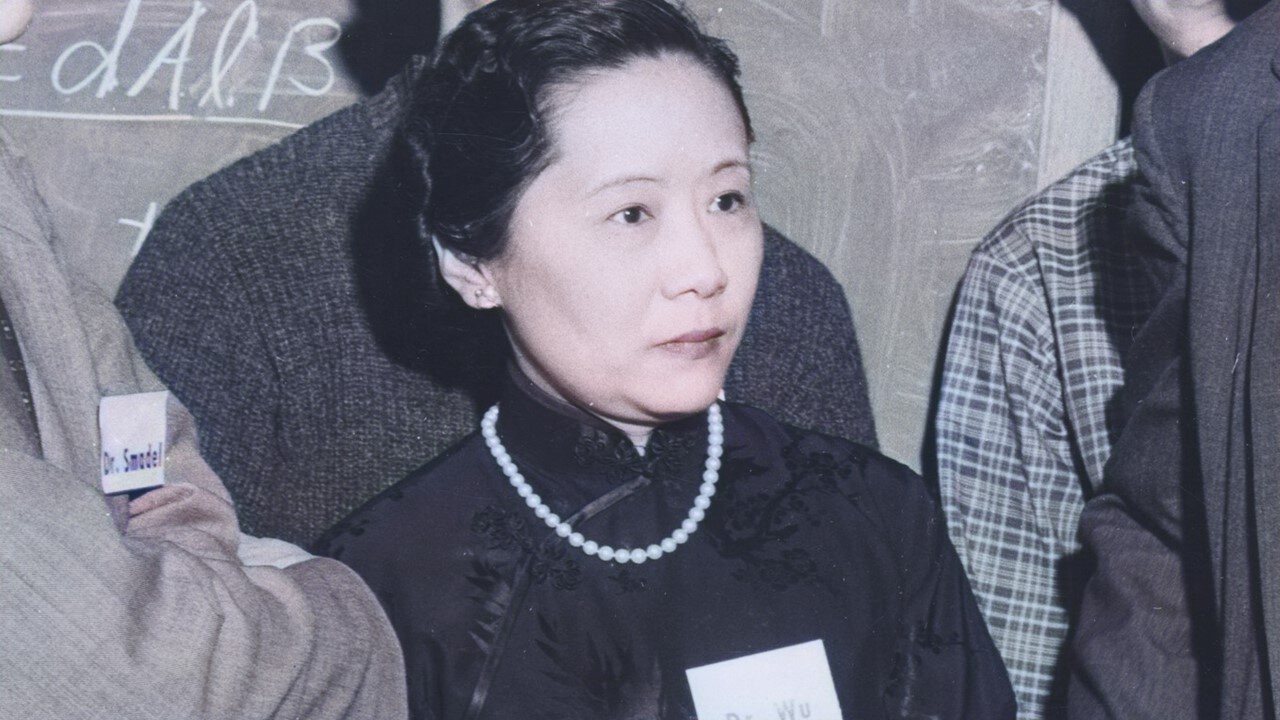
Chinese American physicist Chien Shiung Wu [1912-1997] is most well known for performing an experiment in 1956 which proved that parity or mirror image symmetry is not conserved - when it comes to the weak nuclear force.
The result was a shocker. Nobel laureate Wolfgang Pauli said on behalf of the physics community: "We are all rather shaken by the death of our beloved friend, parity."
Wu was an acclaimed experimental physicist and her expertise in the subject evoked comparisons to Marie Curie. She was nicknamed the Chinese Madame Curie, queen of nuclear research, as well as the first lady of physics.
Following are ten facts on physicist Chien Shiung Wu...
1. Wu was extremely close to her father, who was an engineer. He created an environment for children that encouraged curiosity, questioning and research from an early age. Wu's mother was a school teacher who valued gender equality.
2. Wu received her primary education at a school for girls that was founded by her father. At home, she was surrounded by books, magazines and newspapers. Her hand writing was considered outstanding by others as she was praised for her Chinese calligraphy.
3. As a high school student, Wu struggled in the subject of mathematics. Her father bought self study guides to trigonometry, algebra and geometry one summer to help. That experience created a life long habit of self learning and gave Wu sufficient confidence.
4. In 1936, Wu was accepted by the University of Michigan, but she was shocked at the sexism in the campus. She decided to study at the more liberal Berkely in California. Wu was a popular student and among the most talented. Her nick name at Berkeley was Gee Gee.
5. Wu worked closely with Robert Oppenheimer on the Manhattan project in 1944 where she helped develop the process for separating uranium into isotopes by gaseous diffusion. Years later, Wu recommended the Taiwanese president not to build a nuclear weapon due to its destructive outcome.
6. In 1949, Wu was the first to conduct a successful experiment on quantum entanglement or as Einstein called it - spooky action at a distance. Her work was the first important confirmation of quantum results relevant to a pair of entangled photons.
7. When the communists came to power in China the following year, Wu's father wrote urging her never to return. Since her passport was issued by the former government, it became invalid to travel abroad. Wu became an American citizen in 1954.
8. Physicists Lee and Yang's theoretical studies showed that parity would be violated for the weak force. Wu was an expert on beta decay experiment, which is a consequence of the weak force. In 1956, she proved that beta particles from Cobalt were emitted asymmetrically and hence parity was not conserved.
9. Tsung-Dao Lee and Chen-Ning Yang won the Nobel Prize in 1957. However, Wu was not honored until 1978 when she won the inaugural Wolf Prize - the criteria for this award is those scientists who were thought deserving to win a Nobel Prize but did not win.
10. She spent her final years promoting STEM education for girls. Wu's dying wish was to be buried in the courtyard of the Ming De school that her father had founded and that she had attended as a little girl.






 Physics, astronomy and science history blog for students
Physics, astronomy and science history blog for students
Responsive Ad Slot